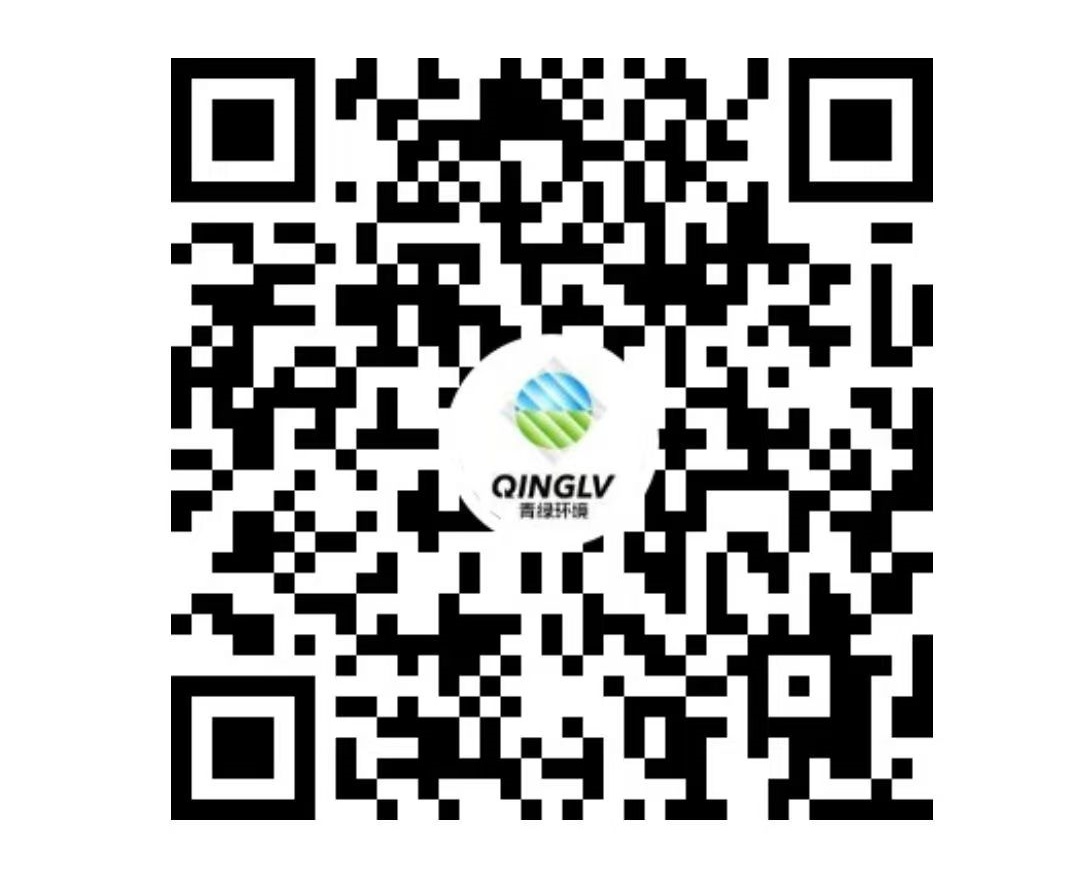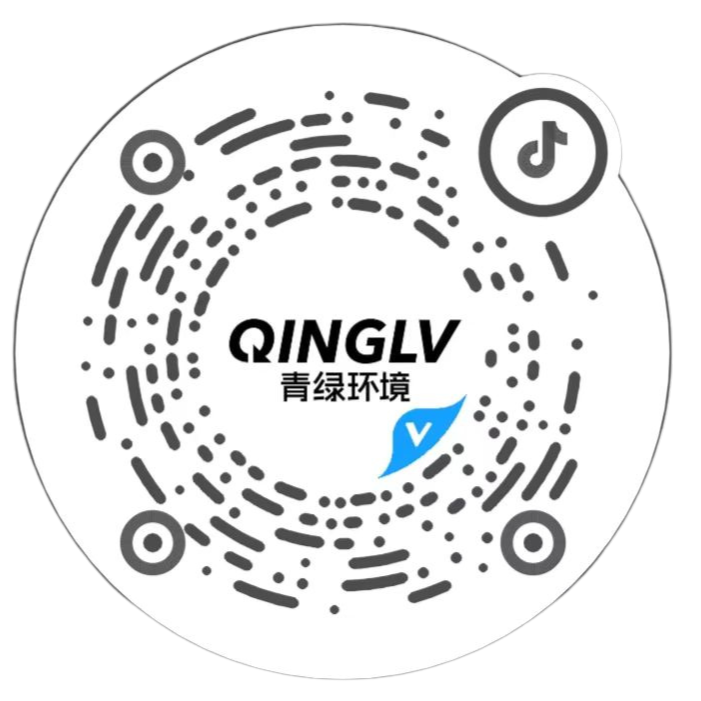 Time:2024-12-23
Time:2024-12-23
 Source:青绿环境
Source:青绿环境
With the increasing global awareness of environmental protection and the growing demand for resource recycling, the efficient sorting and recycling of mixed waste paper has become one of the key links in achieving sustainable development goals. Traditional manual sorting methods are inefficient and prone to errors, which cannot meet the modern industry's requirements for large-scale and high-precision sorting. Against this backdrop, optical sorting technology, as an innovative solution, is gradually changing the face of the waste paper industry and propelling it into a new era of circular economy.
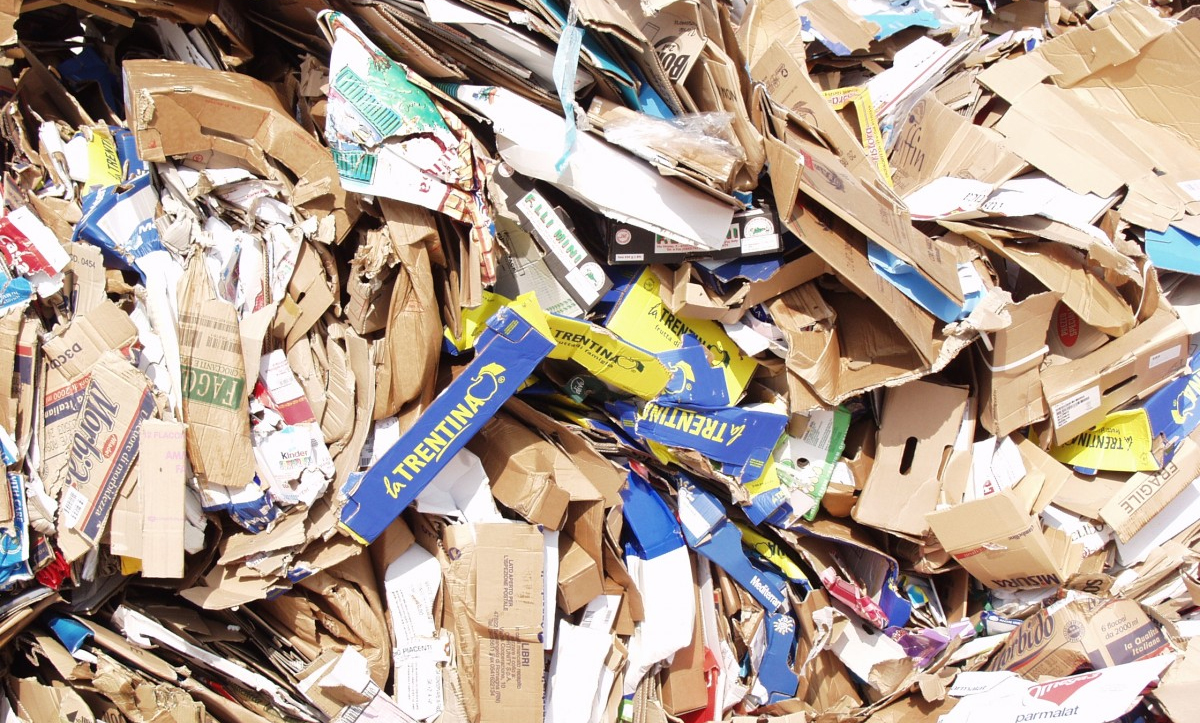
1. Sorting of Mixed Waste Paper
Introduction to Optical Sorting Technology
Optical sorting technology is an automatic identification and separation method based on optical principles, which can accurately distinguish different types of materials through spectral analysis, image processing, and other means. In the application of waste paper sorting, this technology mainly relies on sensor systems installed above or on the sides of conveyor belts. These sensors can emit light of specific wavelengths and receive the reflected information to determine the specific type of paper. For example, cardboard typically has a higher roughness and thicker structure; newsprint is relatively thin and smooth; and office paper, due to the addition of fluorescent brighteners, will have a special reaction under ultraviolet light. Based on these characteristics, optical devices can quickly make accurate judgments and direct different types of waste paper to the corresponding collection channels.
Application Examples of Sorting and Recycling
With the use of optical sorting technology, not only can common waste paper types such as cardboard, paper packaging, newsprint, and office paper be efficiently sorted and recycled, but also composite materials like Tetra Pak can be effectively processed. Tetra Pak is composed of multiple layers of paper, aluminum foil, and plastic, and traditional methods have difficulty completely disassembling and recycling each component separately. However, with the help of advanced optical sensing devices, it is now possible to precisely separate the paper layer from other materials in Tetra Pak, ensuring that each raw material is fully utilized. In addition, for the production of recycled paper with special requirements, such as high-quality printing paper, optical sorting can further subdivide parameters such as the color and thickness of the paper to ensure the stability and consistency of the final product's quality.
Promoting Same-Level Recycling and Circular Economy
The fine sorting achieved through optical sorting technology provides a solid foundation for the same-level recycling of waste paper. "Same-level recycling" refers to the process of reprocessing waste paper of the same quality grade into new products that match its original use. This not only reduces the demand for new raw materials, lowers energy consumption and pollutant emissions, but more importantly, it enhances the value creation capability of the entire industry chain. For example, high-quality office paper, after strict sorting, can be directly used to manufacture new office documents, forming a closed-loop system. This model not only conforms to the principles of the circular economy but also brings significant socio-economic benefits to the waste paper industry.
The application of optical sorting technology in the sorting of mixed waste paper marks a revolutionary advancement in the field of waste paper recycling. It not only improves sorting efficiency and accuracy but also promotes the same-level recycling of various types of paper, helping to build a greener and more efficient resource recycling system. Facing the growing environmental challenges and development opportunities in the future, we look forward to seeing more innovative technologies and management concepts integrated into the waste paper industry, jointly promoting this important industry to a higher level and contributing to the construction of a beautiful Earth.







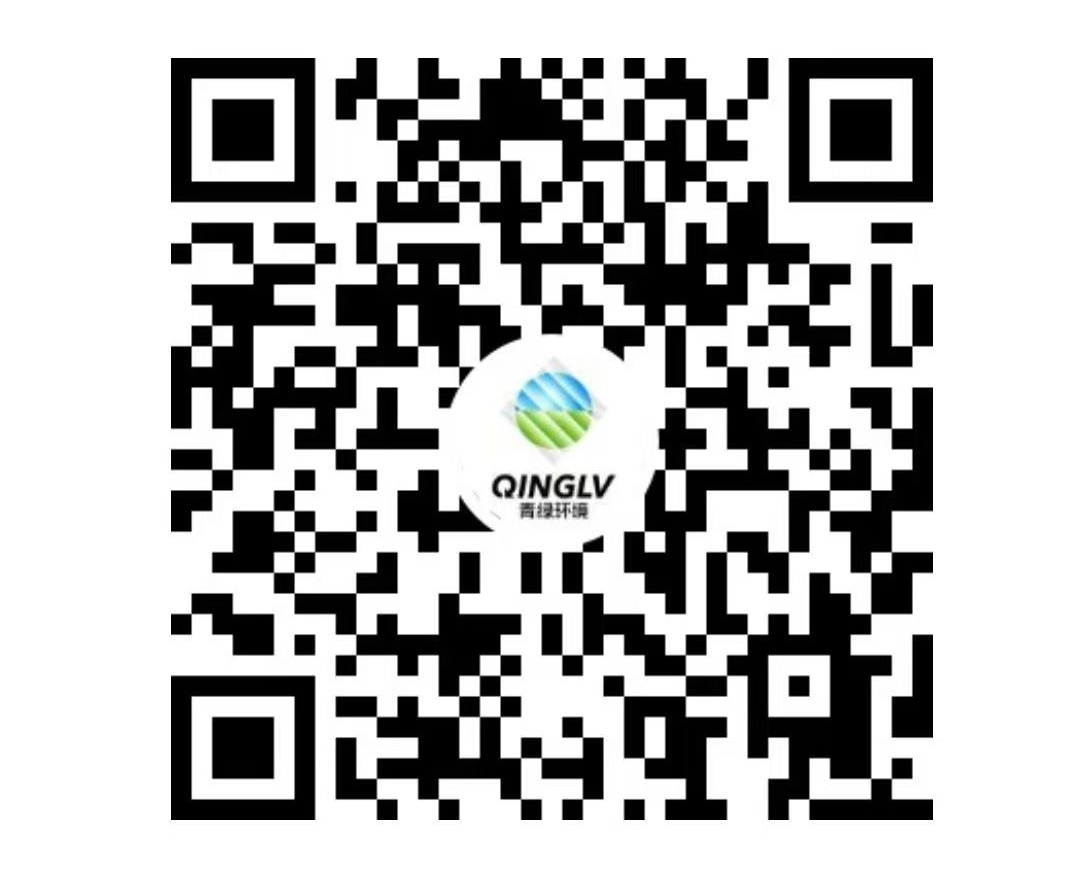
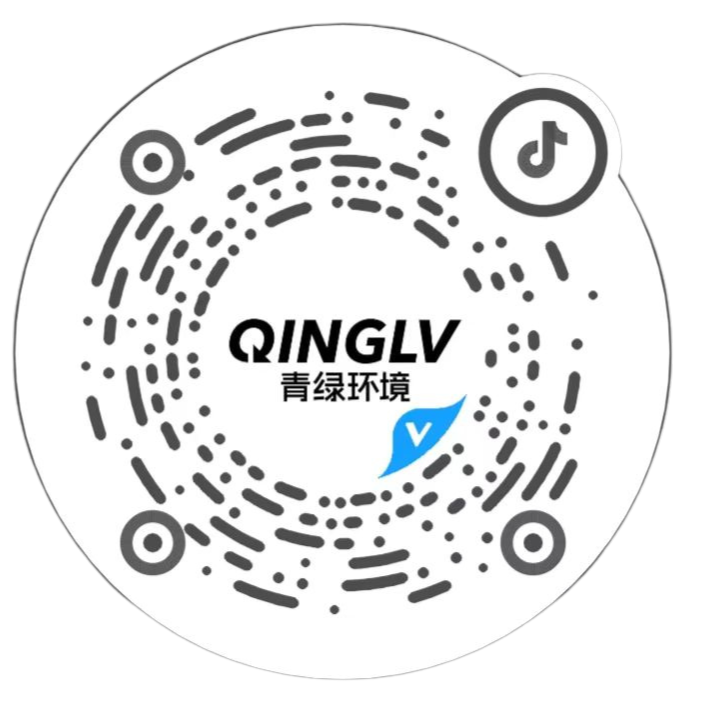




 Prev
Prev



